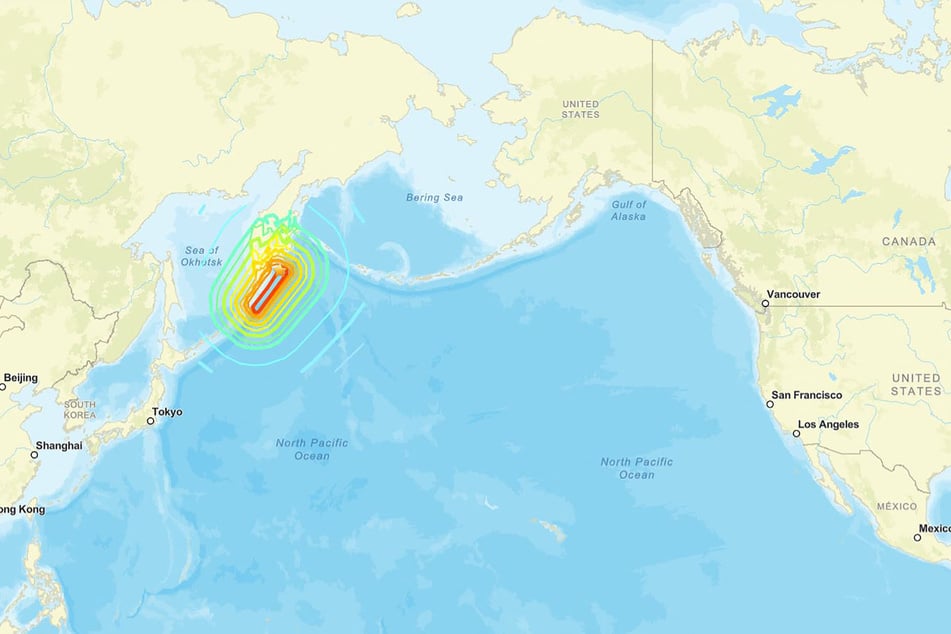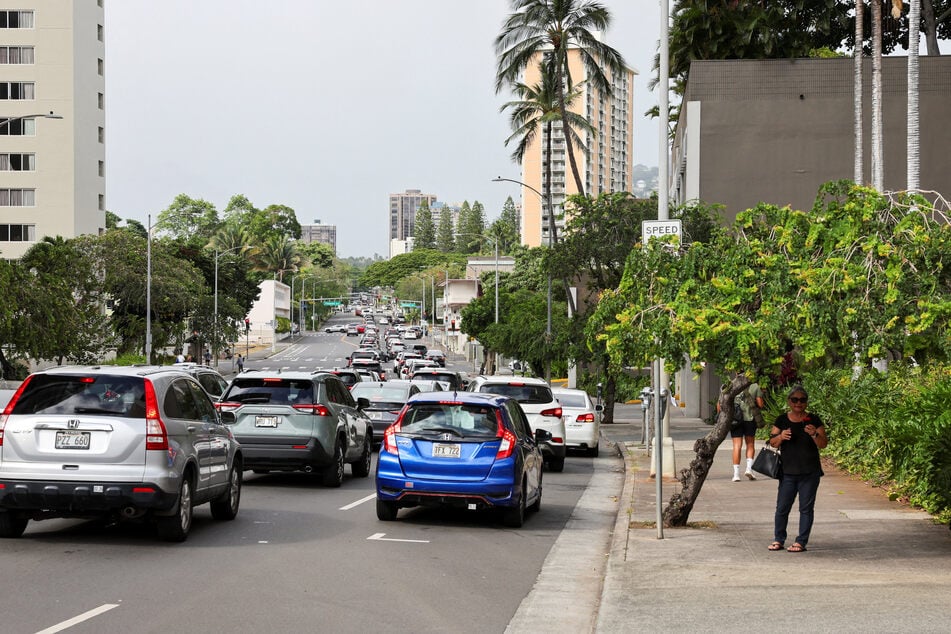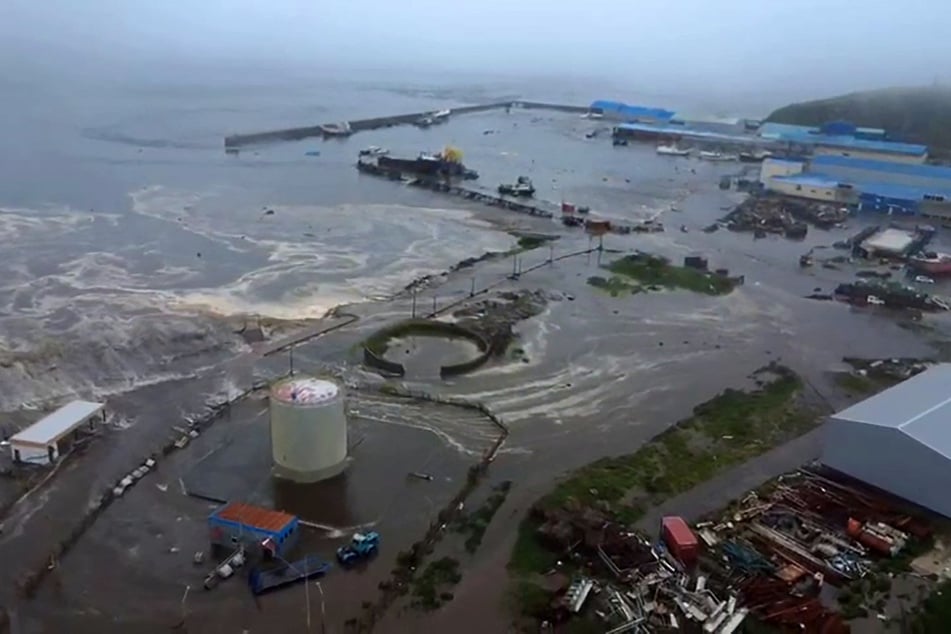Gigantic earthquake off Russian coast sparks tsunami alerts and evacuations across Pacific
Petropavlovsk-Kamchatskiy, Russia - One of the strongest earthquakes ever recorded in history struck Russia's sparsely populated Far East early Wednesday, causing tsunamis up to 12 feet across the Pacific and sparking evacuations from Hawaii to Japan.

The magnitude 8.8 quake struck in the morning off Petropavlovsk on Russia's remote Kamchatka peninsula and was one of the 10 biggest recorded, according to the USGS.
Russian authorities said a tsunami hit and flooded the port town of Severo-Kurilsk, while local media said a wave of between 10 and 13 feet high was recorded in the Elizovsky district of Kamchatka.
A video posted on Russian social media showed buildings in the town submerged in seawater. Authorities said the population of around 2,000 people was evacuated.
Several people were injured in Russia by the quake, state media reported, but none seriously.
Authorities in Russia's far eastern Sakhalin region declared a state of emergency in the northern Kuril Islands. The mayor there said that "everyone" was evacuated to safety.
Officials from countries with a Pacific coastline in North and South America – including the US, Mexico and Ecuador – issued warnings to avoid threatened beaches.
In Japan, nearly two million people were advised to evacuate, and many left by car or on foot to higher ground.
A four-foot tsunami reached a port in the northern prefecture of Iwate, Japan's weather agency said, but there were no injuries or damage reported by early afternoon.
Hawaii under highest tsunami alert

In Hawaii, Honolulu Mayor Rick Blangiardi said residents and the thousands of visitors should get to safety on upper floors of buildings or higher ground.
"People should not, and I will say it one more time, should not, as we have seen in the past, stay around the shoreline or risk their lives just to see what a tsunami looks like," governor Josh Green said.
"It is not a regular wave. It will actually kill you if you get hit by a tsunami," Green said.
The US Tsunami Warning Centers issued a Tsunami Warning – its highest level alert – for the entire state of Hawaii.
"People are also advised to stay away from the beach and not to go to the coast," the seismology center said in a warning.
Vessels were ordered to head to open water ahead of the expected arrival of waves of over 6 feet, while government employees in Honolulu were sent home early. Videos showed massive traffic jams as many fled towards the mountains.
Tsunami alerts were also pushed to mobile phones in California, according to local AFP reporters.
"STAY STRONG AND STAY SAFE!" US President Donald Trump said on social media.
Japan's Fukushima nuclear power plant evacuated

Wednesday's quake was the strongest in the Kamchatka region since 1952, the regional seismic monitoring service said, warning of aftershocks of up to 7.5 magnitude.
The epicenter of the earthquake is roughly the same as the massive 9.0 temblor that year which resulted in a destructive, Pacific-wide tsunami, according to the USGS.
In December 2004, a 9.1 magnitude earthquake struck off the Indonesian island of Sumatra, triggering a tsunami that killed around 220,000 people in 11 nations.
On Wednesday at least six aftershocks further rattled the Russian Far East, including one of 6.9 magnitude and another listed at 6.3.
The US Tsunami Warning Centers said waves exceeding three metres above the tide level were possible along some coasts of Ecuador, northwestern Hawaiian islands, and Russia.
Large waves were possible along some coasts of Chile, Costa Rica, French Polynesia, Hawaii, Japan, and other islands in the Pacific, it said.
Smaller ones were possible elsewhere, including Australia, Colombia, Mexico, New Zealand, Tonga and Taiwan.
Workers at the stricken Fukushima nuclear plant in northeast Japan – destroyed by a huge quake and tsunami in 2011 – were evacuated, its operator said.
Cover photo: Collage: US Geological Survey & Handout / Geophysical Service of the Russian Academy of Sciences / AFP
